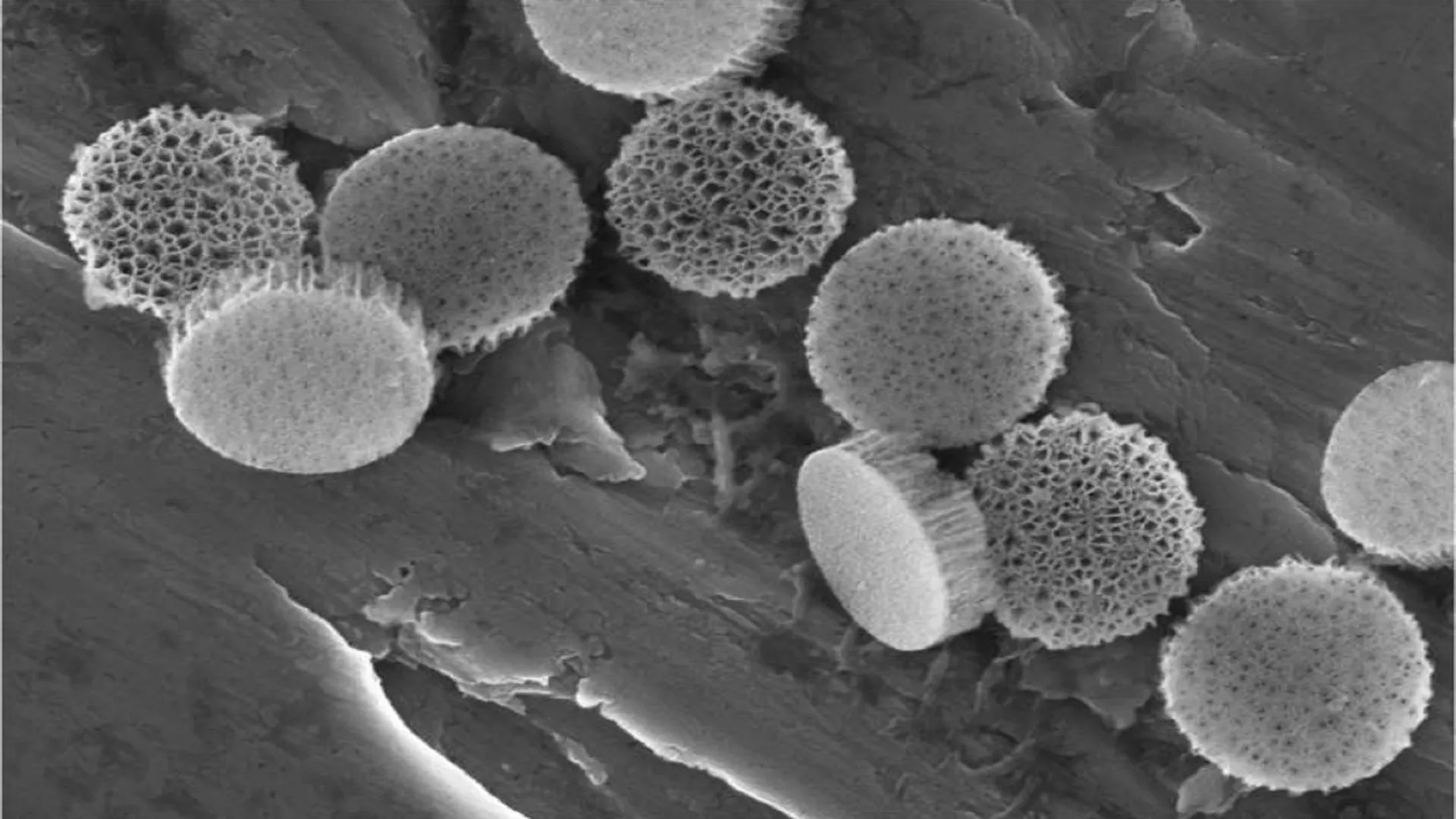Copyright Interesting Engineering

Researchers in Germany have developed a novel way to generate electricity using nothing more than water and pressure by harnessing the power of friction within the tiniest pores of silicon, the Earth’s second most abundant element. The Hamburg University of Technology (TUHH) scientists and colleagues from the German Electron Synchrotron (DESY), one of the world’s leading particle accelerator centers, discovered that mechanical energy can be converted into electrical power through triboelectric generation. The new process relies on water confined in nanometer-sized silicon pores, which act as the active medium for energy production. According to the researchers, it could be applied in environments with high mechanical pressure, such as vehicle shock absorbers. “Even pure water when confined at the nanoscale can enable energy conversion,” Patrick Huber, PhD, a professor at the university’s Institute for Materials and X-ray Physics, and spokesperson of the BlueMat: Water-Driven Materials excellence cluster, stated. Turning water into energy For the study, the international team developed a system known as the Intrusion-Extrusion Triboelectric Nanogenerator (IE-TENG). It uses pressure to force water into and out of nanoscale pores repeatedly. During this process, electric charges separate at the interface between the silicon pore walls and the liquid, creating frictional electricity similar to everyday life. When materials rub together, such as when walking across a PVC carpet and touching a metal doorknob, electrons transfer between surfaces, creating a static charge that discharges as a small electric shock. The new process replicates this effect but harnesses it in a controlled, efficient, and continuous way to generate electricity. “Combining nanoporous silicon with water enables an efficient, reproducible power source – without exotic materials, but just by using the most abundant semiconductor on Earth, silicon, and the most abundant liquid, water,” Luis Bartolomé, PhD, a researcher at Spain’s CIC EnergiGUNE and DESY, revealed. The prototype achieved an impressive nine percent energy conversion efficiency, making it one of the highest ever reported for solid–liquid nanogenerators. Smart materials architecture According to the researchers, the strength of the prototype lies in its simplicity, considering that the device uses only silicon and water, avoiding any rare or hazardous materials. “The decisive factor was the development of precisely controlled silicon structures that are both electrically conductive and nanoporous yet hydrophobic,” Manuel Brinker, PhD, a professor at TUHH’s institute for materials and x-ray physics, said. He emphasized that the technology enables precise control of water movement inside the pores and ensures a stable and scalable energy conversion process. The team believes that the technology opens new opportunities for autonomous, maintenance-free sensor systems, such as in water detection, sports and health monitoring in smart garments, or haptic robotics, where touch or motion directly generates an electrical signal. “Water-driven materials mark the beginning of a new generation of self-sustaining technologies,” Simone Meloni, PhD, of the University of Ferrara, and Yaroslav Grosu, PhD, of CIC EnergiGUNE, both corresponding authors of the study, conclude in a press release.



